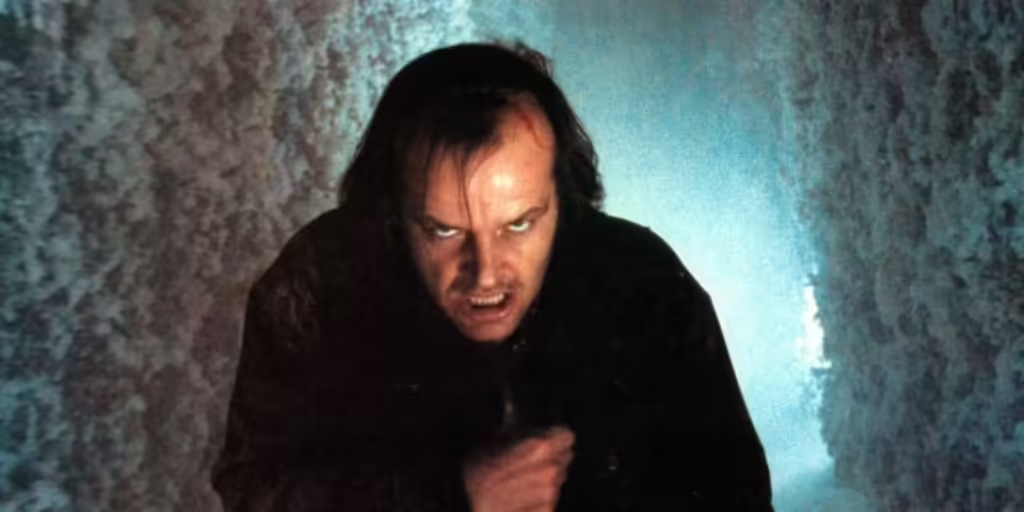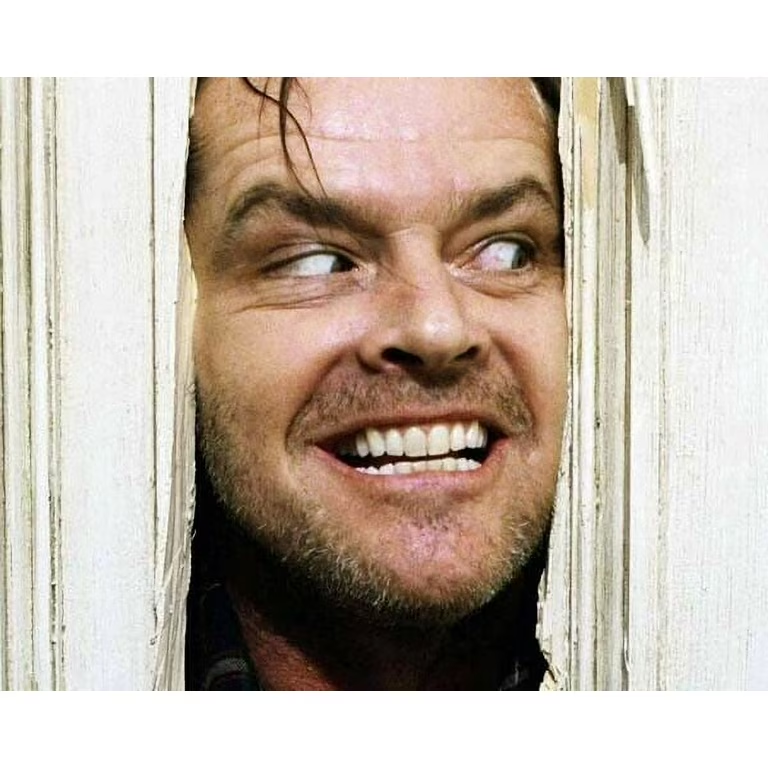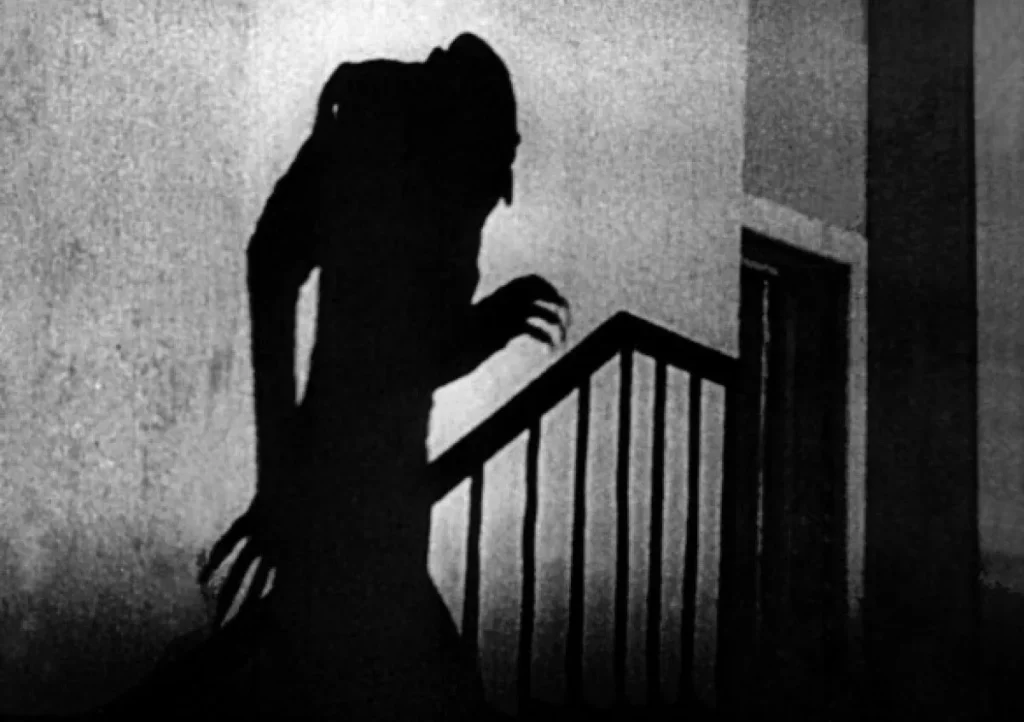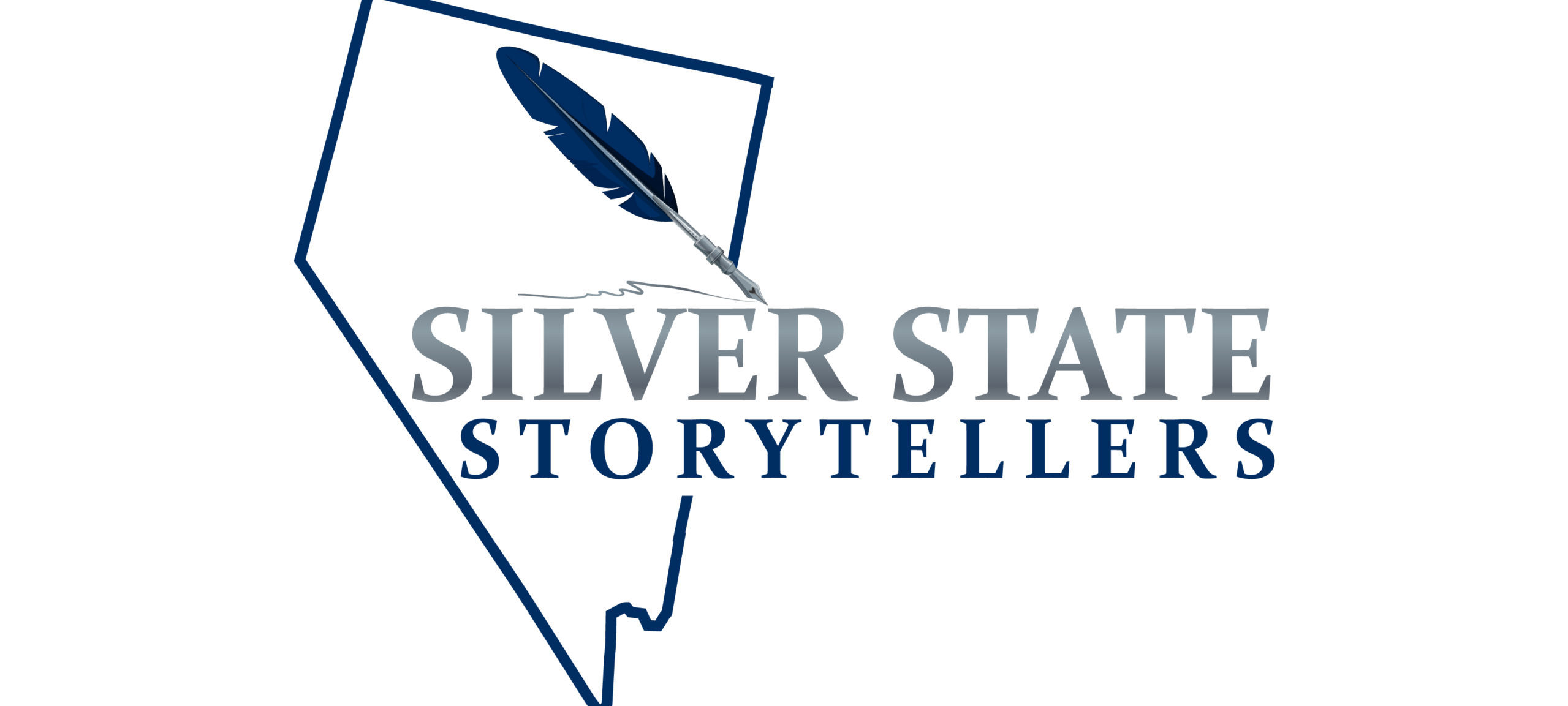
When it comes to making a horror film, the art of cinematography can be just as important as the plot or characters. Camera angles, lighting, and the use of shadows are the invisible threads that sew the terrifying fabric of a great horror movie. But how do you, as a filmmaker, craft the perfect shot to make your audience’s blood run cold? Let’s dive into the secrets of horror cinematography and explore how some of the most iconic shots in film history use angles and lighting to evoke dread, suspense, and fear.
1. The Power of Low Camera Angles
Low camera angles are a classic tool used to make subjects appear more menacing or to create a sense of vulnerability for the audience. When you shoot from a low angle, you magnify the presence of the subject on screen, making them appear larger and more dominating.

Take The Exorcist (1973), for example. During the infamous exorcism scene, the camera frequently positions itself low to the ground, looking up at Father Merrin as he faces the possessed Regan. This low angle gives Merrin a powerful, almost heroic presence, while the demon-possessed Regan, seen in contrast from a higher angle, appears as a smaller, weaker figure under his control. But the tension lies in knowing that Regan isn’t really powerless, as her supernatural strength defies her physical appearance. This interplay of camera angles creates a heightened sense of uncertainty and fear.

In your own horror film, use low camera angles when you want to emphasize the power or size of a threat—be it a supernatural entity or a human villain. It can also be used to make the audience feel like they’re trapped or under threat, which is perfect for horror’s claustrophobic tension.
2. The Kubrick Stare: Madness in a Single Shot
Few shots in film history are as iconic as the “Kubrick Stare.” In many of Kubrick’s films, including The Shining, the camera captures a close-up of a character looking up from beneath their eyebrows, often at a slight downward angle. This technique conveys madness, obsession, and even pure evil.

The Kubrick Stare is a subtle but powerful tool for building psychological terror. Think of Jack Torrance’s face just before he delivers his iconic line, “Here’s Johnny!” His face is framed in such a way that his expression of madness is amplified by the close-up. The tension builds as his gaze cuts through the screen, forcing the audience to confront his insanity.

When shooting your horror film, the Kubrick Stare can be a brilliant way to visually communicate a character’s unraveling mind. Use it sparingly but effectively—ideally in moments of psychological breakdown or when a character crosses the point of no return. The key here is intensity, both in the performance and in how tightly you frame the shot.
3. The Dutch Angle: A Tilted View on Fear
A Dutch angle—where the camera is tilted so the horizon line is not level—creates an unsettling effect that signals something is very wrong. This disorienting shot makes the viewer feel like the world has slipped off its axis, a fitting technique for moments of heightened tension or the arrival of a monstrous presence.

A prime example is the use of the Dutch angle in The Third Man (1949), a film noir that influenced many horror films. In horror, filmmakers often tilt the camera when something abnormal or dangerous is about to happen, like in Evil Dead (1981), when the camera goes wild just as the demonic forces begin their attack.

When applying this technique to your horror movie, use the Dutch angle to communicate that reality is bending. Whether it’s a descent into madness, the approach of an inhuman threat, or the presence of something unseen, the tilt of the camera makes everything feel off balance.
4. Tracking Shots: The Calm Before the Storm
Nothing builds suspense quite like a slow, deliberate tracking shot. It’s a technique used to lure the audience into a false sense of security, only to rip it away at the last second. By holding the shot longer than expected, you create an unnerving atmosphere that makes viewers hyper-aware of every detail.
In Halloween (1978), the slow tracking shots following Michael Myers are masterclasses in building suspense. The camera lingers as Myers stalks his victims, creating a sense of inevitability. The slow pace mirrors his methodical approach, giving the audience time to anticipate the horror about to unfold.

To recreate this effect in your film, follow your subject from behind or alongside them as they move through space. Let the tension build naturally without cutting away too soon. The key is patience—let the scene breathe, and trust that the slow build-up will pay off when the horror strikes.
5. Lighting and Shadows: Monsters in the Dark
What you don’t show on screen can be just as terrifying as what you do. Lighting is crucial in horror because shadows often hold the most fearsome possibilities. You can use light to highlight the unknown and keep the audience guessing.
Take Nosferatu (1922), for example. The scene where Count Orlok’s shadow slowly creeps up the staircase remains one of the most iconic horror moments in cinematic history. The exaggerated shadows give the impression of a looming, inescapable evil. By hiding the monster in the dark, filmmakers allow the audience’s imagination to fill in the terrifying details.

When creating your horror film, use lighting to obscure rather than reveal. Place your villain or threat partially in shadow, making the audience question what they’re seeing. Darkness is your ally in horror—keep your monsters hidden until just the right moment for maximum impact.
6. Close-Ups: Capturing Fear
Nothing brings the audience closer to the fear than a well-timed close-up. Whether it’s the wide eyes of a protagonist realizing they’re in danger, or a sudden close-up of the villain’s twisted face, this technique can turn a moment of quiet dread into one of shock.

One of the most effective uses of close-ups is in Psycho (1960), particularly during the famous shower scene. The rapid cuts between Marion Crane’s screaming face and the descending knife plunge the audience into the heart of the terror. Hitchcock used close-ups to mimic the claustrophobia and panic that Marion felt, pulling the audience deeper into her fear.

In your film, use close-ups when you want the audience to feel intimately connected to the characters’ emotions. Whether it’s a moment of realization, fear, or terror, this shot pulls your audience into the moment and makes the horror feel more personal.
Cinematography in horror films is about more than just creating pretty shots—it’s about manipulating what the audience sees (or doesn’t see) to evoke dread, tension, and terror. By mastering the use of camera angles, lighting, and shot composition, you can craft a horror film that not only tells a terrifying story but leaves your audience on the edge of their seats.
Whether you’re using low angles to emphasize a looming threat, the Kubrick Stare to show a descent into madness, or shadows to suggest the presence of an unseen terror, each shot in your film has the potential to heighten the horror. So grab your camera, set the mood, and start crafting your cinematic nightmare.
